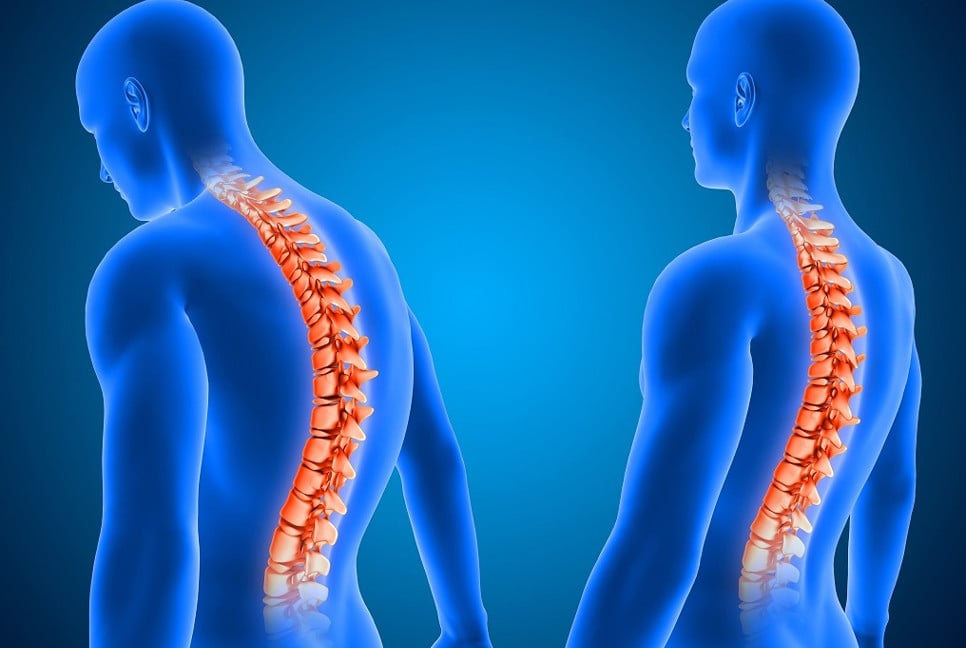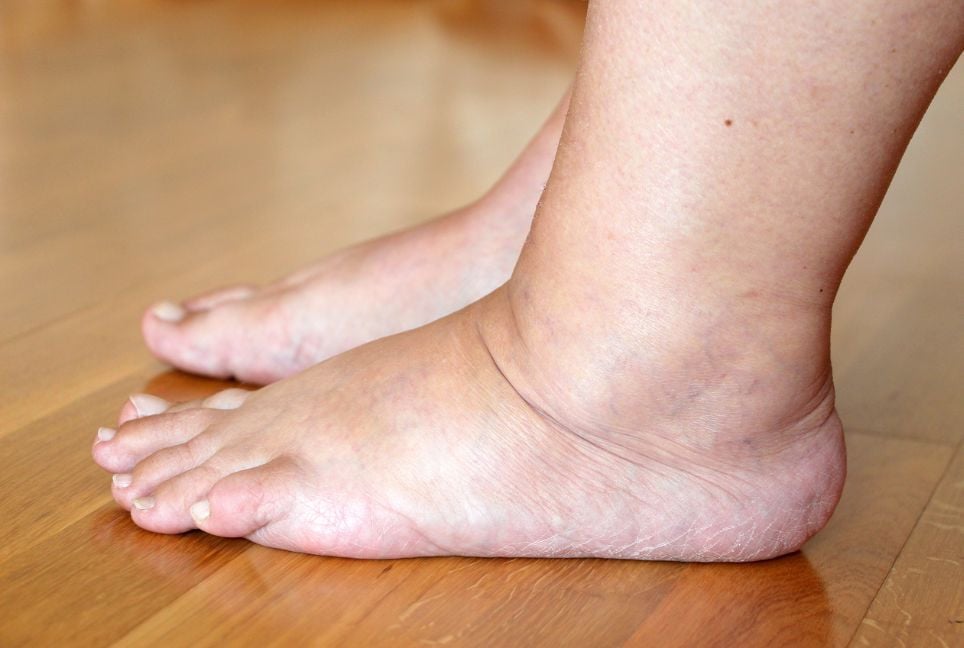World Spine Day 2024 observed aiming to raise awareness about spinal health, the impact of spinal disorders, and the importance of preventative measures to reduce back pain and disability.
With the theme “Support your spine”, on October 16 (Wednesday) the day observed amidst enthusiasm.
World Spine Day encourages individuals to incorporate simple habits like regular movement, proper lifting techniques, and ergonomic workspace setups to prevent spine-related issues.
This annual event offers free health check-ups and awareness campaigns to promote early diagnosis and better management of spinal problems.
“One should take care of their spine as poor spinal health can significantly affect daily activities, making this awareness campaign essential for promoting active lifestyles and good posture,” say experts.
Here we discussed spine problems, its prevention and treatment.
Common Spinal Diseases
1. Herniated Disc: When spinal discs rupture or bulge, they can compress nerves, causing back pain and numbness.
2. Scoliosis: A sideways curvature of the spine, often diagnosed in childhood or adolescence.
3. Osteoarthritis of the Spine: Degeneration of spinal joints, leading to stiffness and pain.
4. Sciatica: Nerve pain radiating along the sciatic nerve, typically from lower back to legs.
5. Spinal Stenosis: Narrowing of the spinal canal, causing nerve compression and discomfort.
Treatments for Spinal Conditions
• Physiotherapy: Helps strengthen core muscles to support the spine.
• Medications: Anti-inflammatory drugs, muscle relaxants, and painkillers for symptom management.
• Chiropractic Care: Manual spinal adjustments to improve mobility and reduce pain.
• Surgical Options: For severe conditions, procedures like discectomy or spinal fusion may be necessary.
• Lifestyle Changes: Incorporating exercises like yoga, practicing ergonomic posture, and maintaining a healthy weight.
Prevention
To prevent spinal disorders, adopting proactive lifestyle habits and posture practices is crucial. Below are evidence-based preventive measures:
1. Maintain Good Posture
• Keep your back straight while sitting, standing, or walking.
• Use ergonomic chairs and maintain your screen at eye level to prevent slouching.
2. Exercise Regularly
• Engage in activities like yoga, swimming, or walking to strengthen core muscles, which support the spine.
• Stretching exercises, such as knee-to-chest or back flexion stretches, increase flexibility.
3. Limit Sitting Time
• Avoid prolonged sitting, especially in poor posture. Stand up and stretch every 30-60 minutes.
• Use a standing desk if possible or take walking breaks.
4. Maintain a Healthy Weight
• Excess weight, especially around the abdomen, can increase strain on the spine and lead to back pain.
5. Use Proper Lifting Techniques
• Bend your knees and lift heavy objects with your legs, not your back. Keep the object close to your body to avoid strain.
6. Sleep Smart
• Use a supportive mattress and sleep on your side to maintain natural spinal alignment.
• Avoid sleeping in awkward positions that may strain the neck or back.
7. Quit Smoking
• Nicotine reduces blood flow to spinal tissues, hindering recovery and exacerbating back pain.
8. Ergonomic Work Environment
• Arrange your workspace with supportive furniture to avoid unnecessary spinal stress.
• Position screens at eye level and keyboards within reach to prevent forward head posture.
9. Stay Hydrated and Eat Well
• Adequate hydration and nutrients (calcium, magnesium, and vitamin D) are essential for maintaining strong bones and spinal discs.
10. Listen to Your Body
• Do not ignore persistent back pain. Seek medical advice if symptoms continue, as early intervention can prevent serious issues.
By following these measures, you can promote spinal health, reduce the risk of back pain, and enhance your quality of life.
(The writer is the chairman & chief consultant of Dhaka City physiotherapy Hospital)
Bd-Pratidin English/ Afsar Munna



































































